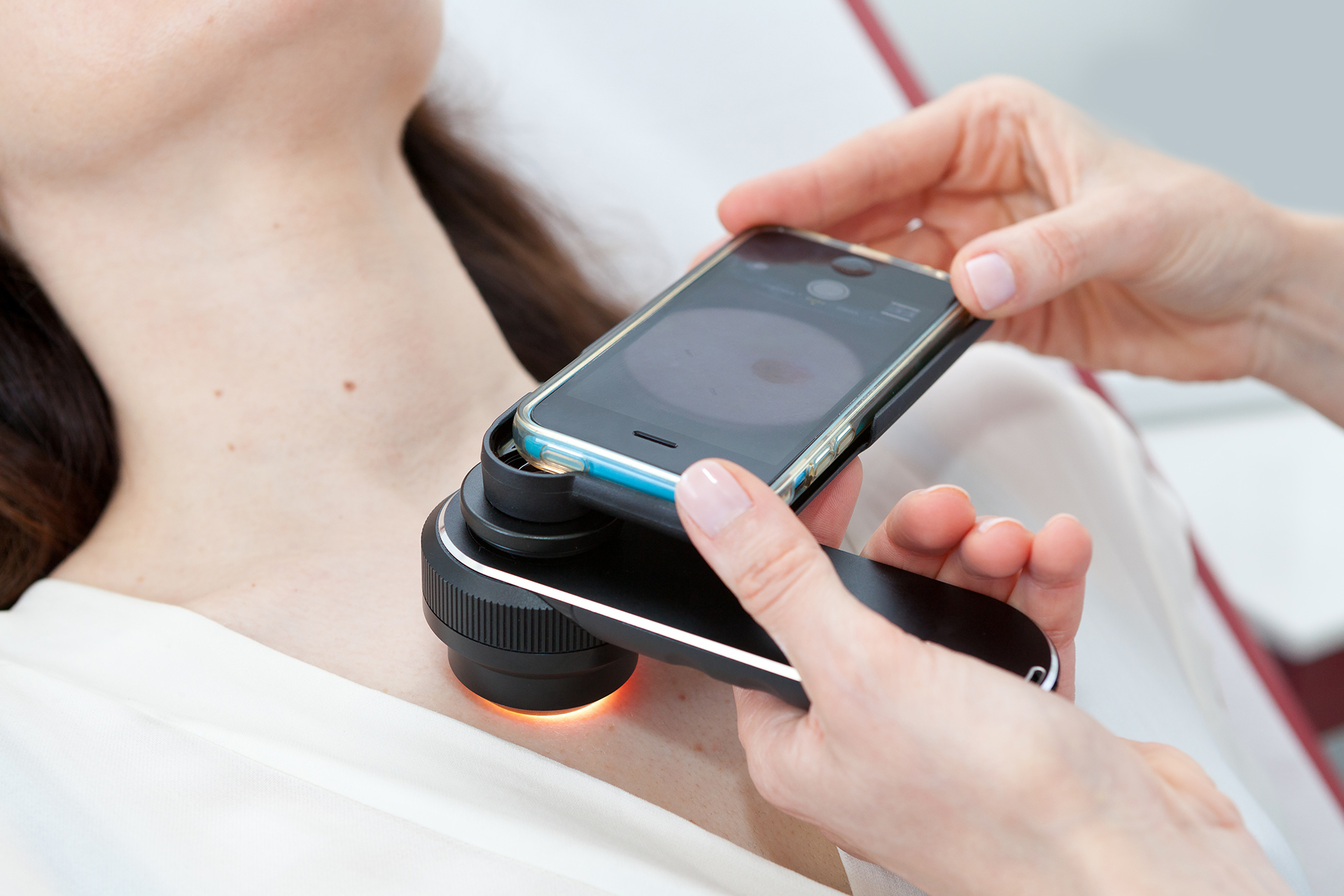Skin cancer prevention and surgery
Skin cancer prevention and surgery are differentiated between more frequent white skin cancer and less frequent but more dangerous black skin cancer (melanoma). Regular dermatological and self-monitoring as well as optimal skin cancer prevention and surgery sun protection are important for the prevention and early detection of skin cancer.
White skin cancer
White skin cancer skin cancer screening and surgery is a result of many years of sun exposure. It most frequently occurs on the so-called sun terraces, mostly on the face (bridge of the nose, forehead, edges of the ears, lower lip), on the forearms and backs of the hands. The two most common forms of white skin cancer are basal cell carcinoma and spinocellular carcinoma.
- Basal cell carcinoma
The basal cell carcinoma skin cancer prevention and surgery develops between the basal cell layer of the epidermis and the dermis. The average age is 60 years, men and women are equally affected. The basal cell carcinoma partly masks itself as a non-healing wound or shows up as a skin-colored/reddened lump. Fortunately, basal cell carcinomas only rarely cause metastases in the body. - Spinocellular carcinoma – sting cell cancer
The spinocellular carcinoma originates from cells of the prickle cell layer of the epidermis. The average age is 70 years. Men are more frequently affected. Spinocellular carcinoma develops from preliminary stages, the so-called actinic keratoses (solar keratoses). Skin cancer prevention and surgery These are characterized by a rough, crusty skin surface. If these become thicker and stretch into the depth, a spinocellular carcinoma develops. This rarely causes metastases in the body. - Therapy
Superficial skin cancer screening and surgery Basal cell carcinomas and precursors of spinocellular carcinomas can be well treated with cream, cryo (freezing) or photodynamic therapy (PDT). Removal by curettage or laser therapy is also possible. If the basal cell layer is exceeded, surgical removal is the therapy of choice.

White skin cancer. Frequently affected body regions: Forehead region, bridge of nose, ears and lips.
Black skin cancer (melanoma)
Black skin cancer is the fifth most common type of cancer in Switzerland. It can also occur in younger people: 1/4 of people suffering from melanoma are younger than 50 years of age at the time of diagnosis.
The most important risk factors are many birthmarks (>100), light skin type, frequent sunburns and melanomas in the family.
The melanoma skin cancer prevention and surgery originates from the pigment cells of the skin. If one mole differs significantly from the others in shape and color, it should be shown to a dermatologist. To make a diagnosis, a skin sample must be taken or the abnormal skin change surgically removed.
The early detection of skin cancer prevention and surgery and therapy of black skin cancer is very important, as it can metastasize and thus become life-threatening. Early forms of melanoma can usually be cured.
- Therapy
The therapy of choice is if possible the surgical removal. In advanced stages, additional treatment measures such as radiation or drug therapies (immunotherapy or chemotherapy) are often necessary.










